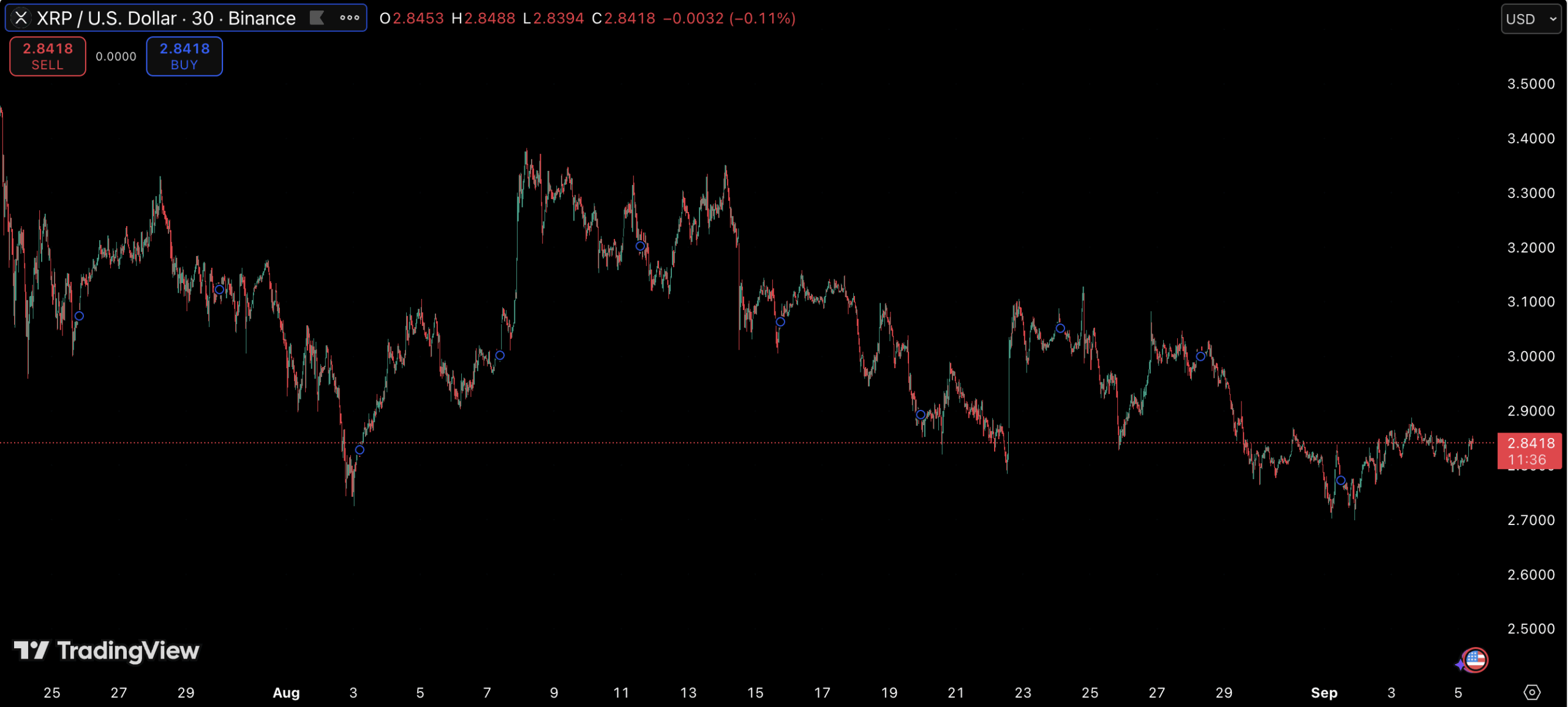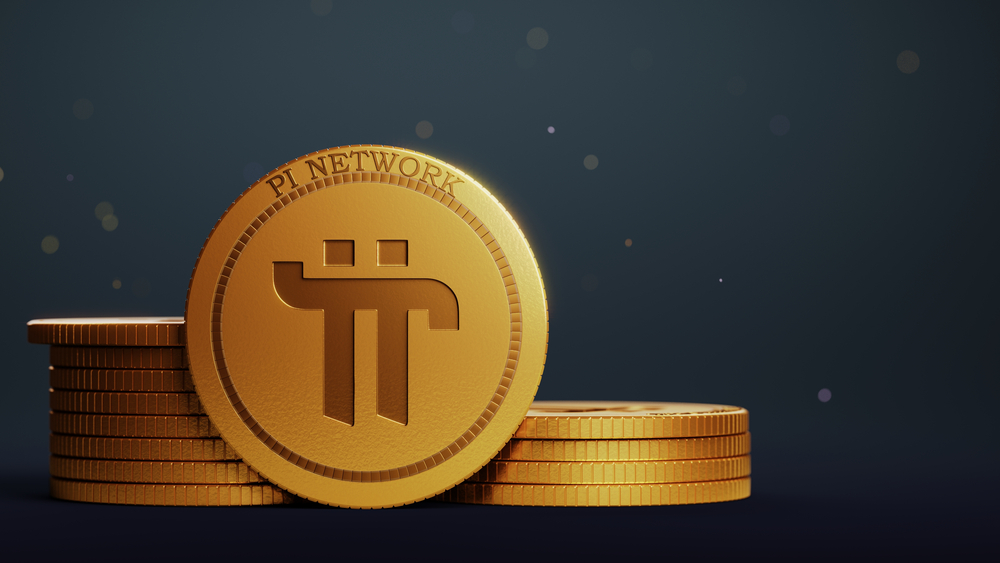Think of it less as a rocket engine and more like roadwork: fixing potholes, putting up clearer signs, and widening lanes so bigger players can move with confidence. For XRP, the Trump administration’s latest policy agenda could be laying exactly that kind of groundwork.
Regulatory Clarity Gains Momentum
The biggest shift underway is the administration’s push for a unified regulatory framework. A recent executive order prioritized coordination among U.S. agencies, a move that could reduce the uncertainty that has long kept institutions on the sidelines. There are early signals that the SEC and CFTC may work more closely, with some responsibilities potentially shifting to the commodities regulator. If crypto custody and non-security assets ultimately fall under this umbrella, institutional investors would face fewer legal risks when engaging with tokens like XRP.

The timing is notable: just last month, XRP put one of its most pressing legal battles behind it with a settlement in the SEC lawsuit. Together, these developments could pave the way for deeper liquidity, more exchange listings, and lower trading costs.
Banks Opening the Door
XRP’s design has always targeted the financial sector, and Washington’s policy direction is starting to align with that vision. The Office of the Comptroller of the Currency has given national banks explicit permission to hold crypto assets, issue stablecoins, and run blockchain nodes. Those clarifications allow financial institutions to move parts of their cross-border operations onto distributed ledgers.
That’s where the XRP Ledger’s built-in compliance features come into play. Banks exploring blockchain rails can enforce regulatory standards directly on XRPL, without relying on third-party tools. If adoption picks up, XRP could become the backbone for the high-friction areas of cross-border finance where traditional systems remain slow and costly.
Stablecoins Find Structure
Another potential tailwind comes from stablecoin reform. The recently enacted Genius Act created a legal framework for the asset class, encouraging banks and fintech firms to issue and manage stablecoins with reduced regulatory risk. With its fast settlement and low-cost transactions, XRPL is well-positioned to host these tokens and provide the infrastructure for their circulation.
The ledger already maintains compliance standards for token issuers, and if U.S. banks begin rolling out their own stablecoins under the new rules, XRPL could become a natural settlement layer for regulated payment flows.
What It Means for XRP
None of these changes guarantee price appreciation, but the direction is clear. Washington is smoothing the path for institutions to engage with crypto, and XRP stands to benefit more than most because of its focus on payments and compliance. With regulatory battles winding down, banks gaining clearer permissions, and stablecoins moving into a defined framework, the Trump administration’s crypto roadmap could give XRP fresh momentum in the quarters ahead.
The information provided in this article is for informational purposes only and does not constitute financial, investment, or trading advice. Coindoo.com does not endorse or recommend any specific investment strategy or cryptocurrency. Always conduct your own research and consult with a licensed financial advisor before making any investment decisions.
The post XRP Price Update: Why Analysts See Washington as the Key Catalyst appeared first on Coindoo.














 Bengali (Bangladesh) ·
Bengali (Bangladesh) ·  English (United States) ·
English (United States) ·